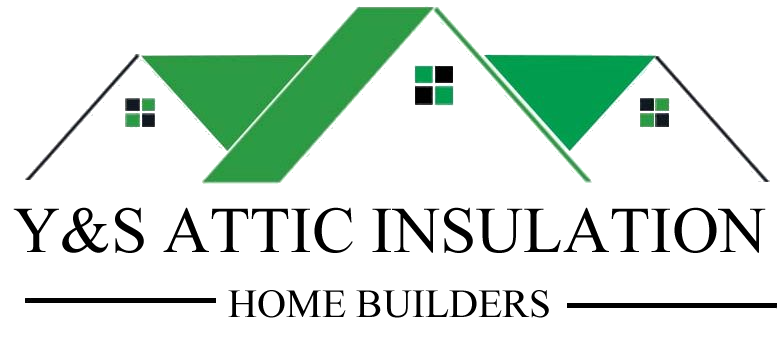Insulation is a crucial component of any building, ensuring energy efficiency, thermal comfort, and lower utility bills. There are various insulation installation methods, each designed to suit different needs and spaces. By understanding these methods, homeowners and contractors can make informed decisions to optimize their building’s insulation performance.
Fiberglass Batt and Roll Insulation
Fiberglass batt and roll insulation is a widely used and cost-effective option. It comes in pre-cut panels or continuous rolls, which fit snugly between wall studs, floor joists, and ceiling beams. This method is ideal for spaces with standard framing dimensions and offers reliable thermal resistance when installed properly. Batt insulation is an excellent choice for DIY projects due to its ease of handling and affordability.
Spray Foam Insulation for Airtight Seals
Spray foam insulation is a versatile and efficient method that fills gaps, cracks, and hard-to-reach spaces. Applied as a liquid, it expands into a dense foam, creating an airtight seal. This method excels in reducing air leakage and providing moisture resistance. Spray foam is particularly beneficial for irregularly shaped areas and attics, offering both high insulation performance and added structural reinforcement.
Blown-In Insulation for Comprehensive Coverage
Blown-in insulation involves using loose-fill materials, such as cellulose or fiberglass, which are applied with a machine. This method is effective for filling small crevices and providing consistent coverage in walls, attics, and other enclosed spaces. Blown-in insulation is an excellent choice for retrofitting older homes or upgrading existing insulation without extensive renovations.
Reflective and Radiant Barrier Insulation
Reflective and radiant barrier insulation methods are designed for warmer climates where minimizing heat transfer is critical. These barriers use reflective materials like foil to deflect radiant heat away from the building. Often installed in attics, this method complements other insulation types by reducing the amount of heat absorbed, keeping indoor spaces cooler and more energy-efficient.
Each insulation installation method offers unique advantages tailored to different structural needs, climate conditions, and energy goals. By selecting the right method, homeowners can enhance their property’s comfort, efficiency, and value.
Learn more about insulation installation:
Pros and Cons of Various Insulation Installation Techniques
A Comprehensive Overview of Insulation Installation Techniques


